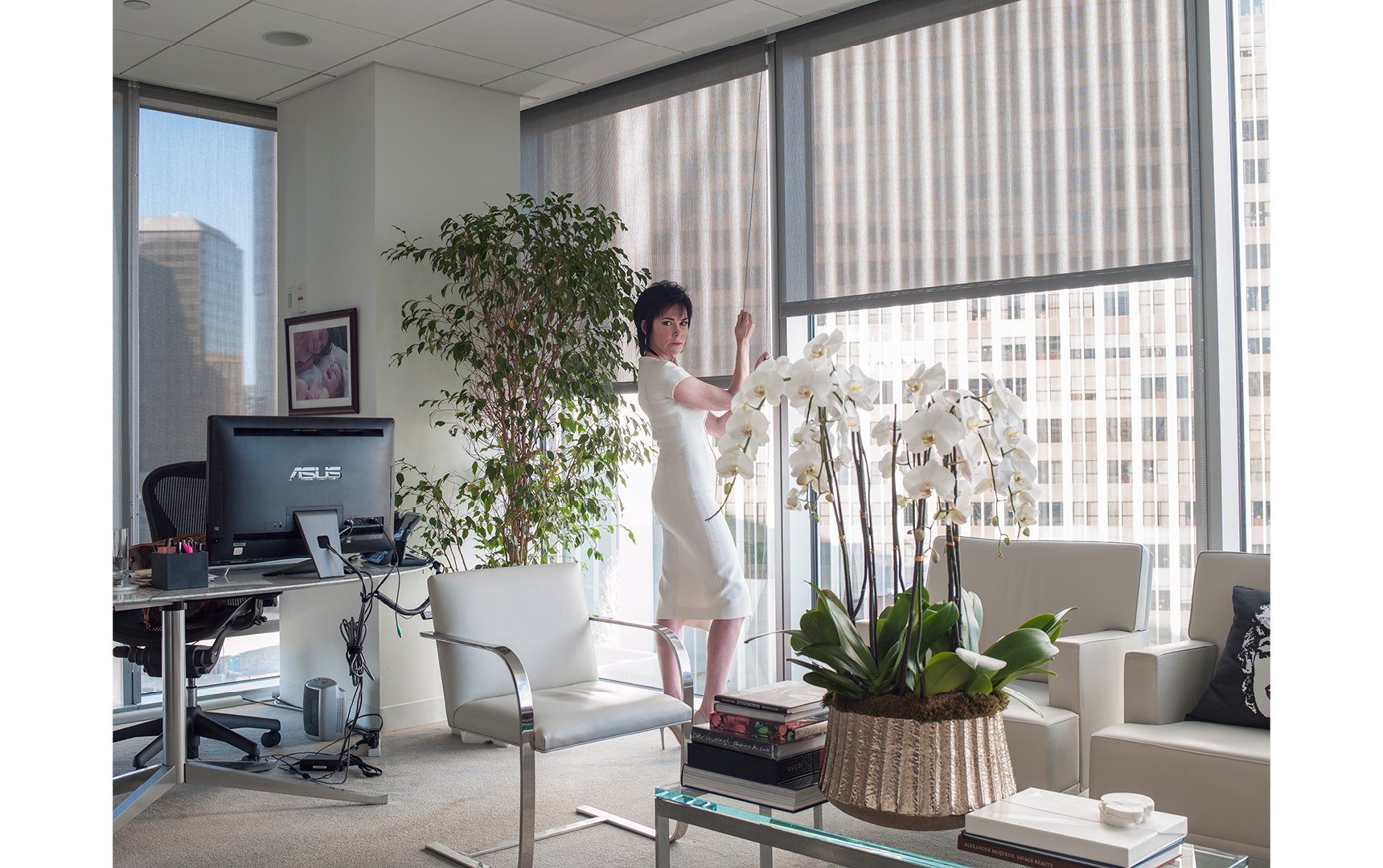
Four days before the 2018 Academy Awards, at an intersection a few blocks away from the Dolby Theatre, a different type of gold statue appeared: a life-size Harvey Weinstein. Titled Casting Couch, it depicted a seated, bare-chested Weinstein, one hand hovering ominously over the belt of his robe. Whether he was in the act of closing or opening it depended on how you felt about Hollywood. In the five months since Weinstein was brought down by the testimonies of his victims in The New York Times and The New Yorker, Casting Couch was a well-timed reminder ahead of the industry’s biggest night that the producer was once its golden god—before it finally tossed him out.
But a steady rain washed Casting Couch from its corner before the Oscars began, which served as a different kind of reminder—that of the sweeping tide of voices that had turned on Weinstein and on many men after him: a rousing chorus of the women of Hollywood. They were actresses, writers, producers, and directors, both past and present, some popular and some heretofore forgotten. They were women who walk down red carpets and command crews, writers rooms, and increasingly high (if not yet quite equal) salaries; but they were also, crucially, agents, those behind-the-scenes wheeler-dealers found in the background of almost every silver screen success—and, America had learned, more than their fair share of casting couch degradations.
Four powerhouse female agents and agency executives—Maha Dakhil, Michelle Kydd Lee, Hylda Queally, and Christy Haubegger, who are among the agents Vogue photographed here—were some of the first industry heavyweights who scrambled to react structurally to Weinstein’s fall from power, and the gender-based discrimination, abuse, and harassment it exposed, with the creation of Time’s Up. They were among the 300 total women in entertainment who established a legal defense fund that has since amassed more than $20 million for low-income women to secure representation in workplace disputes. Time’s Up (the industry-specific sister to its predecessor, Tarana Burke’s Me Too movement, with its dress codes, its pins, and its hashtags, has become shorthand for Hollywood’s burgeoning feminist transformation).
But Dakhil, Kydd Lee, Queally, and Haubegger also happen to work for the behemoth Creative Artists Agency (CAA), so closely associated with Weinstein during the height of his clout that the company was named as part of his “complicity machine” by The New York Times. At least eight CAA agents, according to the paper, had been informed by their clients of Weinstein’s behavior over the years and had not taken action (CAA issued an unprecedented apology not long after the revelations, to “any person the agency let down . . . as individuals and as a company”). It was notable to many, when Time’s Up launched on New Year’s Day 2018, that some of its founding female members worked in a place that had once enabled Weinstein’s predation. In early March, The Hollywood Reporter ran a story that quoted anonymous sources suggesting that CAA was using Time’s Up meetings as a place to poach other agencies’ clients; that the agency was attempting to “inoculate itself” against questions about its ties to Weinstein; that the movement had become cliquey (favoring movie stars and farmworkers, according to one source); and that it lacked direction, which some attributed to “growing pains.” (In response, CAA cited the $21 million it has raised from 20,000 donors across 80 countries in 60 days for Time’s Up, and said in a statement that “the work we have done for Time’s Up has not only been heartfelt and deeply meaningful, but it is also consistent with our decades-long commitment to social action and community involvement.”)
When she started at CAA in 2003, talent agent Haubegger says, “Most of the interns were people who had conspicuously important last names.” Similarly, the demographic breakdown of the agency’s client list “looked a lot like the agents.” The Times investigation included a photo of CAA in 1999 that illustrates her point: Six agents in suits pose triumphantly on the roof of a building—all men, all white. Twenty years later, Hollywood is determined to put the CAA of Weinstein’s era in the rear view. As the 12 prominent female superagents and executives who were photographed by Nigel Shafran for Vogue depict, the company has moved far beyond its demographic origins. And if you ask the women of CAA, the changes demanded by Time’s Up have long been on their personal agendas, now and throughout their careers. When the call came to figure out just what could be done to prevent another Harvey Weinstein, they were ready.
The women of CAA complicate the big-talking, power-brokering professionals that Americans have known mostly in caricature—and as men—in Jerry Maguire, Entourage, and elsewhere. They understand how powerful, and marketable, the desire Americans have to see themselves on-screen and in public life is, and who those Americans actually are. “Now, more than ever, we have the responsibility to support projects that reflect the world in which we live,” says CAA talent executive Queally. “Audiences should be able to relate to the characters and stories they see on-screen.” CAA’s Motion Picture Diversity Index, which the agency commissioned in 2017 to analyze more than 500 films since 2014, proved, they say, that “diverse casting” is financially viable, now they can cite last year’s Wonder Woman and this year’s Black Panther as examples. But they’re not the only ones to understand that storytelling from the margins is a powerful branding strategy: With his company, Miramax, Weinstein pioneered a model for indie films, even those powered by “strong female characters” that made it big, which also gave him, a serial offender, access to vulnerable women under the guise of being their champion. Which raises the question: How do we move beyond a version of diversity and feminism that’s just another branding opportunity? “We realize [that],” Haubegger says, “ ‘Oh, you can make a lot of money when a woman tells a story, or a person of color tells a story.’ How do we get more? Well, we actually have to address the other structural issues around it.” Says Thao Nguyen, an art, architecture, and design agent at CAA: “The work for inclusion is constant, not just in this moment of recognition. It’s committing to bringing awareness to it in every layer of work, every day.”
And speaking of which, it was just at this year’s Oscars that Frances McDormand set the Internet alight by mentioning something called an “inclusion rider” during her acceptance speech for Best Actress. Essentially an equity clause in a contract, it can be used to stipulate that the cast and crew of a film should more accurately reflect the demography of real life. It’s also something that would likely be negotiated by one of those Hollywood agents you hear about. McDormand’s transparency, her nod to female solidarity and, of all things, contract law, capped off a confused if joyful night in which the industry was trying to understand its own transformative potential. “It’s a weekend; it’s an inflection point; it’s a momentary stop on a long journey,” said Haubegger, ahead of the ceremony. But the momentum is there. “We are not accepting the status quo we have inherited from patriarchal legacy,” says Dakhil. “Now is the time to question everything and rewrite the answers together, men, women, all gender identities, all colors, all walks of life. Why accept the way it’s always been done? Bring in the good. Bring in the new.”
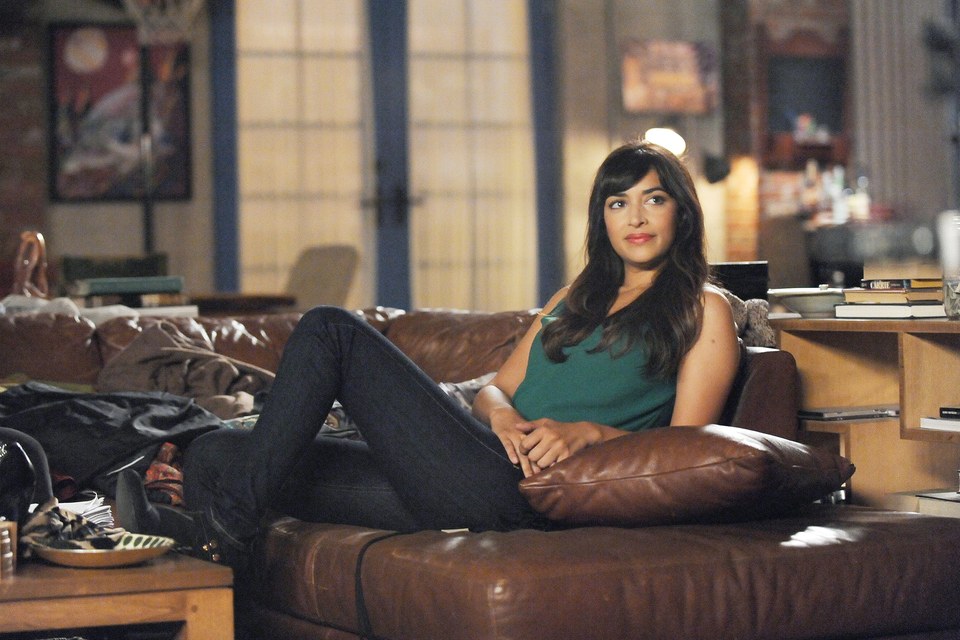
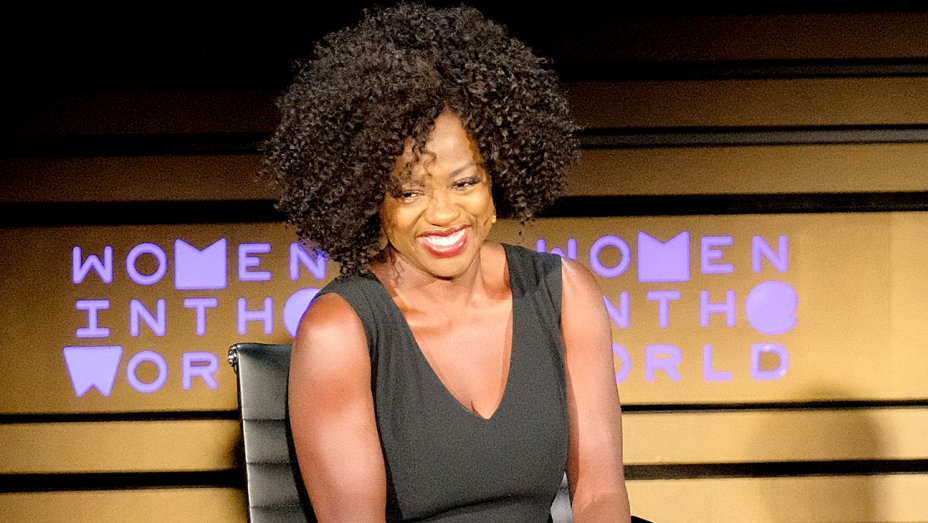
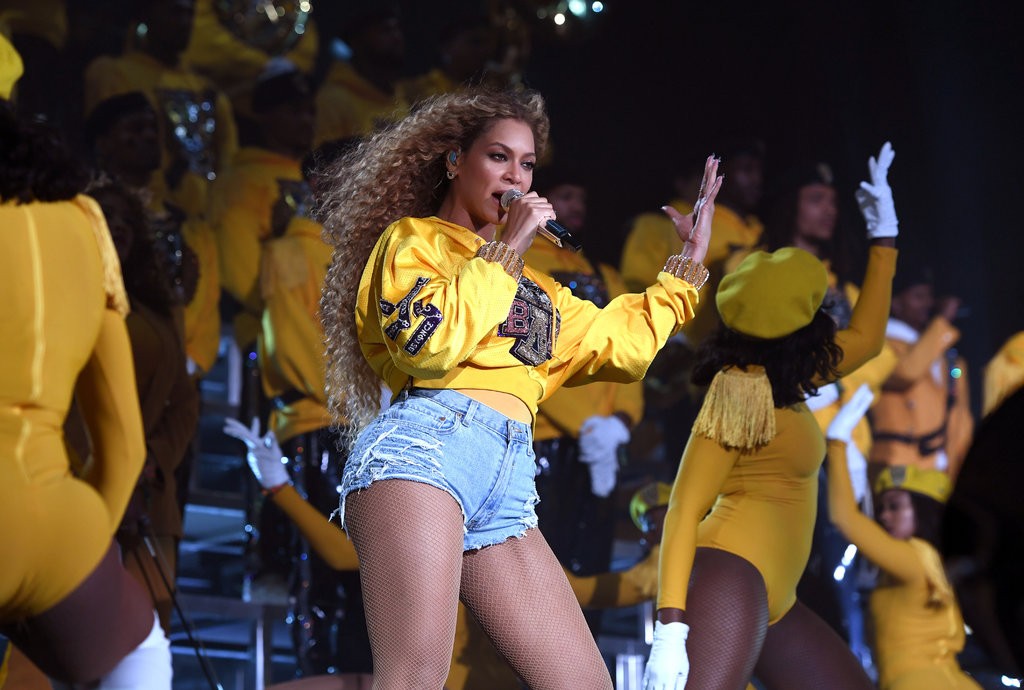
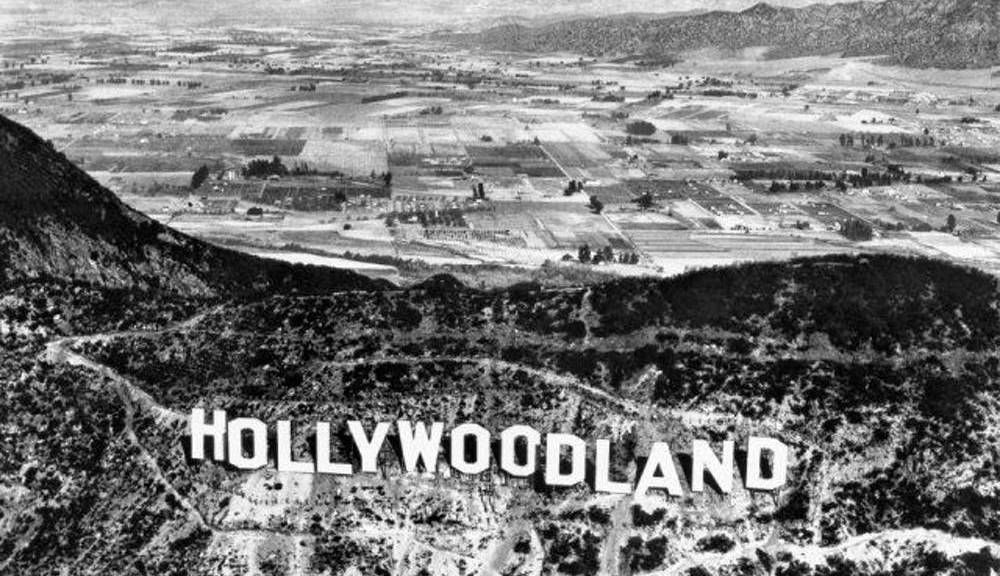
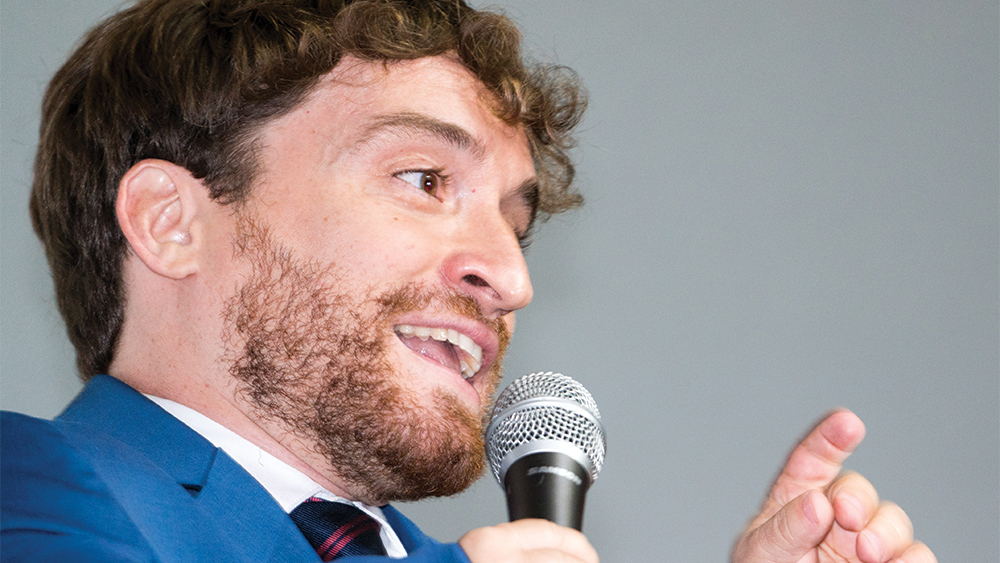
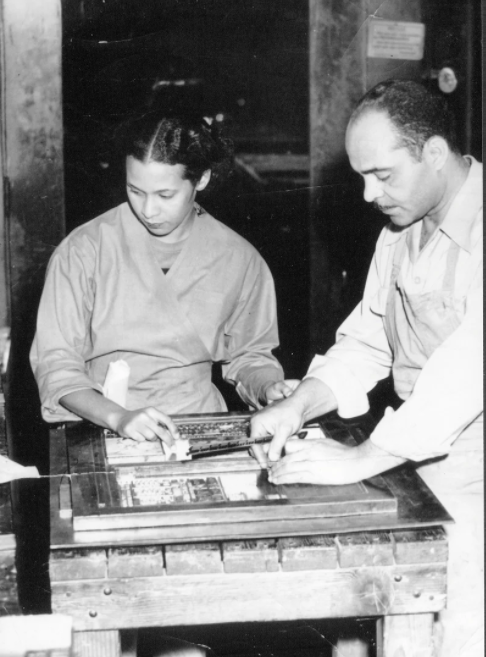
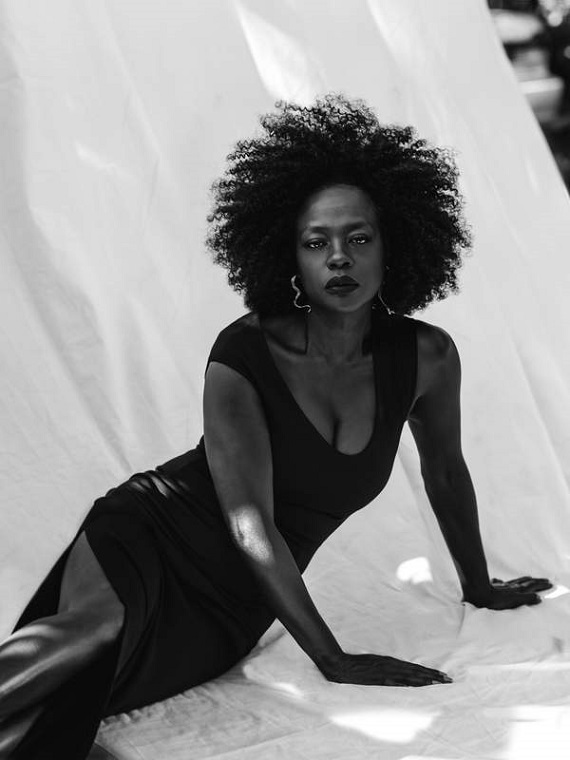
Recent Comments